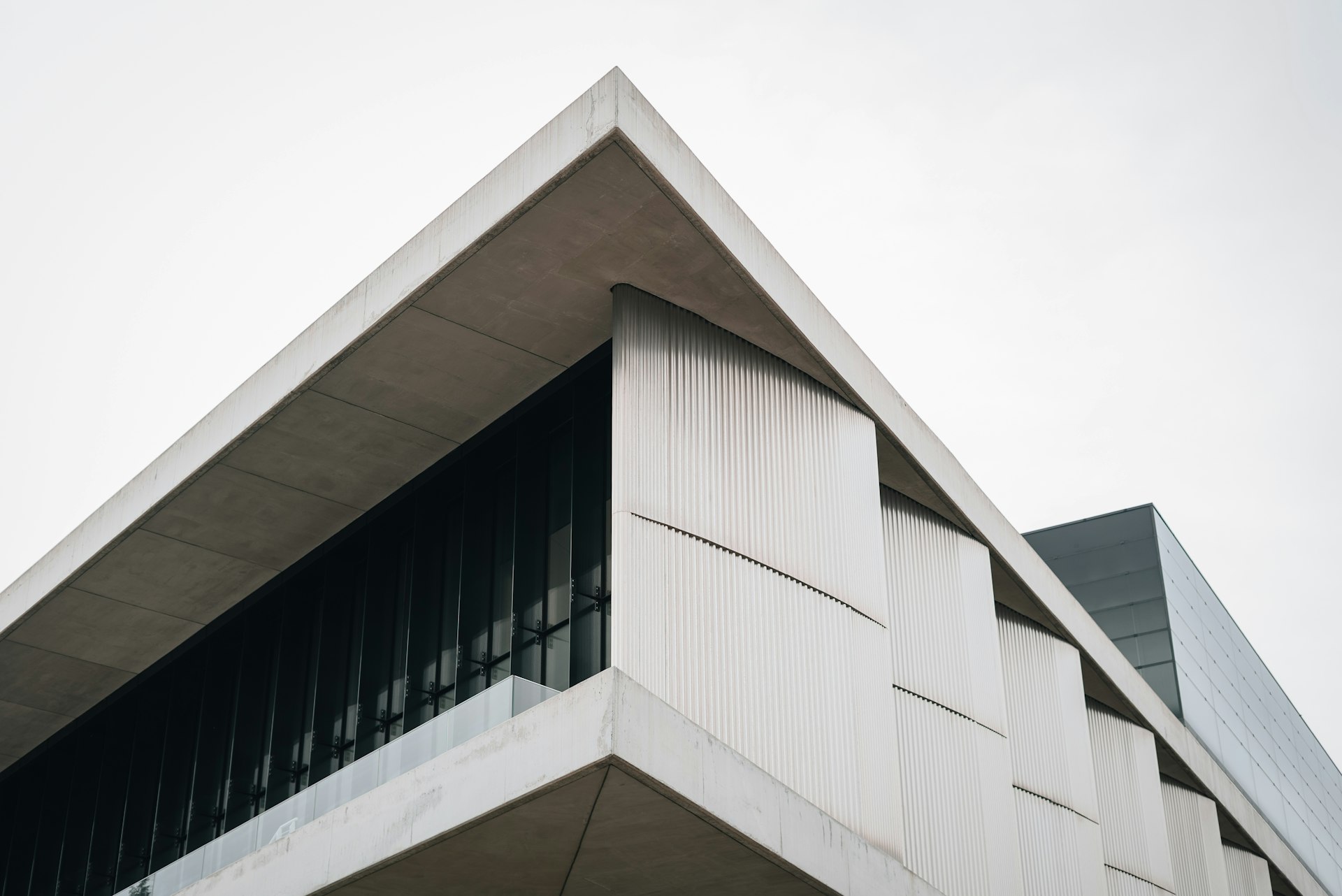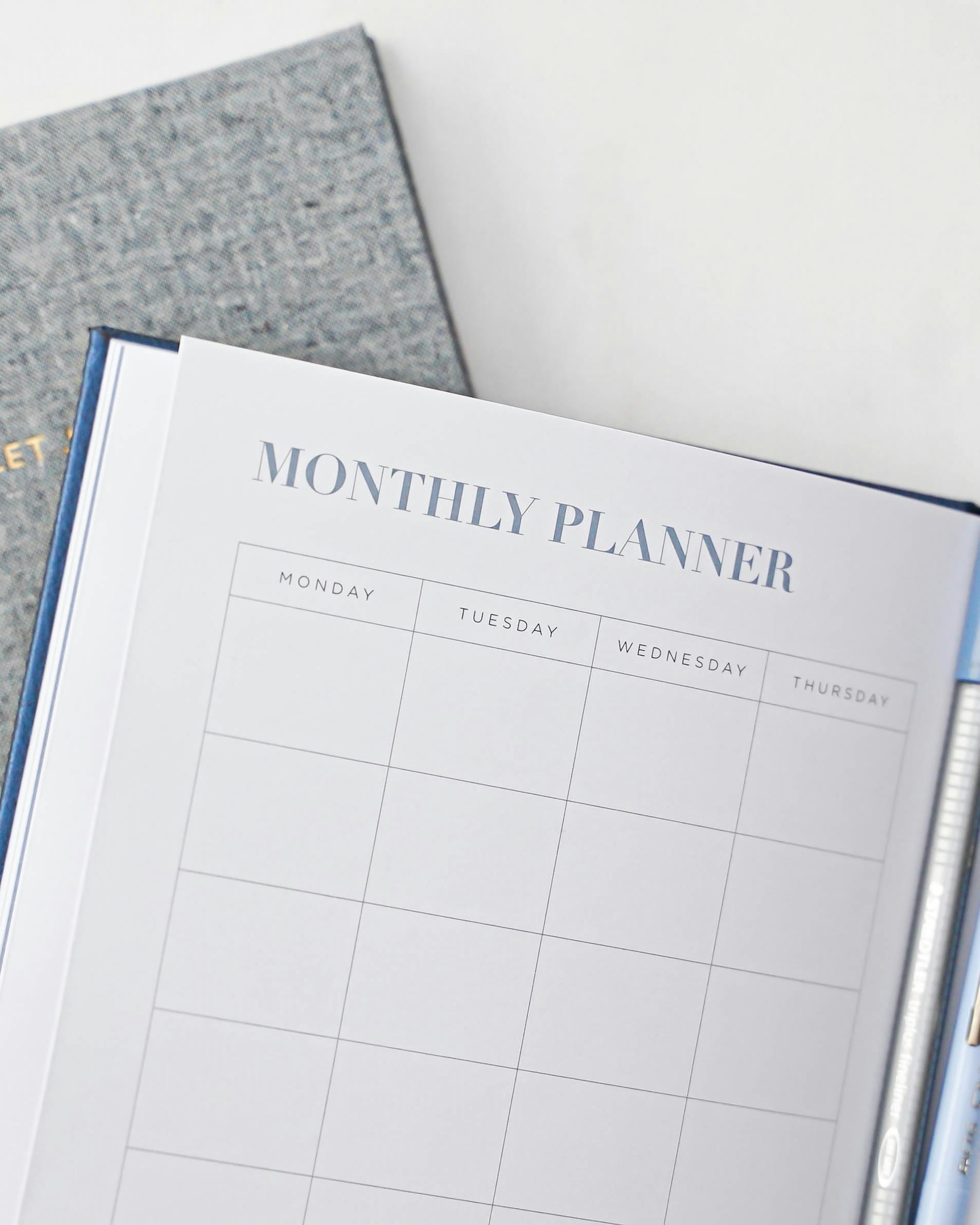How Influencer Culture is Transforming the Fashion Industry: Trends, Impact, and Actionable Strategies

Photo by Mathias Reding on Unsplash
Introduction: The New Faces of Fashion Influence
The fashion industry has undergone a seismic transformation in the past decade. What was once dictated by elite designers, glossy magazines, and seasonal runway shows is now shaped by a diverse array of digital influencers. These individuals-ranging from globally recognized names to micro-influencers with niche audiences-have redefined how trends emerge, how brands connect with consumers, and how everyday shoppers discover and purchase clothing. The impact of influencer culture is profound, democratizing trendsetting and accelerating the pace of change across the entire sector.
[1]
The Rise of Influencer Culture in Fashion
Social media platforms like Instagram, TikTok, and Pinterest have become virtual runways, enabling anyone with a smartphone and a strong sense of style to reach massive audiences. According to a recent study, 70% of fashion brands now utilize Instagram for promotion, underscoring the platform’s dominance in trend dissemination.
[4]
TikTok has emerged as a powerful engine for microtrends, with its algorithm quickly launching niche styles into the mainstream. Pinterest, meanwhile, serves as a vital source of inspiration, with a 71% year-over-year increase in sustainable fashion searches.
[5]
The influencer revolution has made fashion more accessible than ever before. Everyday people-often starting with just a handful of followers-can now become arbiters of taste, challenging traditional hierarchies and broadening the definition of style.
[3]
Influencer Impact on Fashion Trends and Cycles
Influencers have dramatically accelerated the fashion trend cycle. Historically, trends evolved over decades, but digital culture has shortened this to just a few years or even months. TikTok and Instagram drive the adoption of new aesthetics almost overnight, as viral challenges and “outfit of the day” posts spread rapidly among global audiences.
[3]
Brands now monitor social platforms for emerging trends, responding in real-time by updating collections and marketing strategies. Ultra-fast fashion brands, in particular, leverage influencer partnerships to react instantly to new microtrends, often translating viral looks into shoppable products within days.
[5]
This rapid cycle creates both opportunities and challenges: while brands can quickly capitalize on fleeting trends, it also increases the pressure on supply chains and raises concerns about sustainability.
Shifting Consumer Behavior and Purchasing Decisions
Influencers wield immense power over consumer behavior, especially in the fashion sector. Surveys show that 62% of fashion-focused audiences have made a purchase based on a creator’s recommendation, making them 1.5 times more likely than the average consumer to buy endorsed products.
[2]
Moreover, repeated recommendations increase the likelihood of purchase by over 68% for fashion and lifestyle shoppers.
Social media is now a primary channel for brand discovery: nearly 29.5% of shoppers use these platforms to find new items, and 89% of fashion enthusiasts report discovering brands through creator or celebrity endorsements.
[2]
As a result, influencer marketing delivers an average return on investment (ROI) 6.5 times higher than traditional advertising, making it a cornerstone of modern fashion retail strategy.
For consumers, this means greater access to diverse styles and more personalized recommendations. For brands, it emphasizes the need for authentic partnerships and transparent communication to maintain trust and relevance.
Democratization and Diversity in Fashion
One of the most significant benefits of influencer culture is the democratization of fashion. Social media allows voices from all backgrounds to participate in the trendsetting process, breaking down barriers that once limited influence to a select few. Influencers from underrepresented groups are using their platforms to showcase diverse styles, champion body positivity, and highlight cultural heritage.

Photo by Sean Driscoll on Unsplash
Brands seeking to authentically engage with wider audiences are increasingly collaborating with influencers who reflect their customers’ identities, values, and aspirations. This shift is helping to create a more inclusive and vibrant fashion landscape.
To leverage this trend, brands can seek out influencers from a range of backgrounds and encourage them to share their unique perspectives. Consumers interested in supporting diversity can follow and engage with creators who champion inclusivity, using social media search features to discover new voices.
Sustainability: Challenges and Opportunities
The fast pace of influencer-driven trends has contributed to the rise of ultra-fast fashion, raising concerns about overconsumption and environmental impact. However, the same platforms that fuel rapid trend cycles are also fostering communities focused on sustainability and ethical fashion.
Searches for sustainable fashion on Pinterest have surged by 71%, and eco-conscious influencers are using their reach to educate followers about ethical brands, slow fashion, and mindful consumption.
[5]
Brands that align with these values and partner with sustainability advocates can tap into growing demand while helping to address industry-wide challenges.
For those interested in sustainable fashion, consider searching for “eco-friendly fashion influencers” or “sustainable style” on your preferred social media platform. Many influencers provide detailed guides, brand lists, and actionable tips for building a more responsible wardrobe.
How Brands and Designers Can Leverage Influencer Culture
To capitalize on the impact of influencer culture, brands and designers should:
- Identify Relevant Influencers: Research creators whose values, audience, and aesthetic align with your brand. Use verified influencer marketing platforms or agency directories to find suitable partners.
- Foster Authentic Partnerships: Collaborate with influencers for content creation, product launches, or co-designed collections. Ensure transparency and authenticity in all campaigns to maintain consumer trust.
- Monitor Trend Cycles: Regularly track trending hashtags and viral content on platforms like TikTok and Instagram. Adapt product lines and marketing efforts to respond quickly to emerging microtrends.
- Embrace Diversity and Inclusion: Work with creators from diverse backgrounds to connect with new audiences and reflect broader cultural shifts.
- Prioritize Sustainability: Partner with influencers who advocate for ethical production and mindful consumption. Highlight your brand’s sustainability initiatives through collaborative campaigns.
To implement these strategies, start by searching for influencer marketing agencies or consulting with industry professionals who specialize in digital partnerships. If you are a small brand, begin with micro-influencers whose audience closely matches your target demographic.
Actionable Steps for Consumers
If you want to stay ahead of fashion trends, discover new brands, or shop more sustainably, you can:
- Follow a diverse selection of fashion influencers across Instagram, TikTok, and Pinterest. Use platform search features and hashtags like #FashionInspo, #SustainableFashion, or #OOTD to find curated content.
- Take note of repeated product endorsements-these often indicate trending items or quality recommendations.
- Engage with influencers who share styling tips, shopping hauls, and honest product reviews. Many creators offer discount codes or exclusive deals to their followers.
- Investigate brands before purchasing: look for transparency in sourcing and production, especially if sustainability is important to you.
- Use social commerce features to shop directly from influencer content, but always verify product authenticity through brand websites or established marketplaces.
If you are seeking more information about influencer collaborations, you may contact industry associations, attend digital fashion events, or network through professional platforms like LinkedIn by searching for “fashion influencer marketing” experts.
Potential Challenges and Solutions
While influencer culture offers many benefits, it also presents challenges such as overconsumption, fleeting trends, and misinformation. To address these issues:
- Brands can implement transparent disclosure practices for sponsored content, ensuring that followers understand when posts are promotional.
- Consumers should be critical of “hype” cycles and prioritize quality and versatility over fast-changing fads.
- Industry stakeholders can invest in education about sustainability and ethical production, supporting influencers who advocate for responsible practices.
For ongoing guidance, consider subscribing to reputable fashion business publications or consulting official resources from organizations like the Council of Fashion Designers of America or the British Fashion Council.
Key Takeaways
Influencer culture is reshaping the fashion industry by accelerating trend cycles, democratizing style, and empowering both brands and consumers. The opportunities for engagement, innovation, and growth are vast, but success depends on authenticity, inclusivity, and a commitment to responsible practice. Whether you are a brand, designer, or shopper, adapting to this new landscape requires vigilance, open-mindedness, and a willingness to embrace change.
References
- Fibre2Fashion (2024). The Impact of Influencers on Fashion Trends.
- Influencer.com (2024). The State Of Influencer Marketing In The Fashion Industry.
- Harvard Political Review (2023). The Influencer Revolution: Increased Accessibility & Supercharged Trend Cycles.
- Style Academy International (2025). How Social Media is Influencing Fashion Trends in 2025.
- Fashinnovation (2024). The Amazing Power of Social Media in Fashion Industry.



